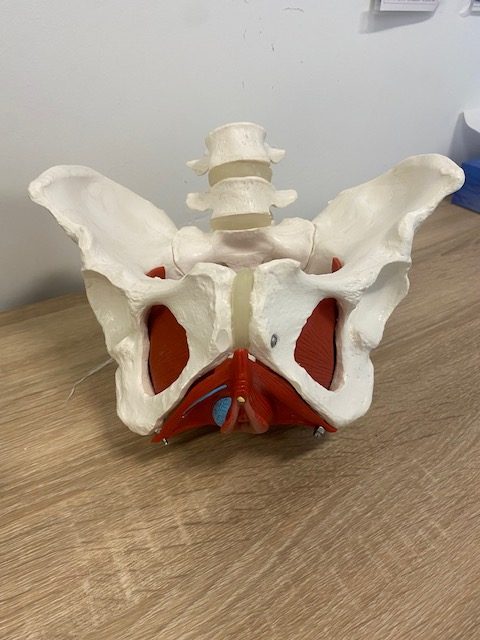What is Pelvic Congestion Syndrome?

According to research, up to 10% of all gynecological visits are for chronic pelvic pain. Many of these women can go months if not years with undiagnosed pelvic pain. One possible diagnosis for women with no pathological cause for pain is pelvic congestion syndrome (PCS). Pelvic congestion is the presence of enlarged veins within the reproductive tissue which can cause impaired circulation and drainage.
What do we know about PCS?
Pelvic congestion syndrome is a condition that can impact both men and women. The veins in the pelvis that are meant to bring blood back to the heart from your pelvic organs become enlarged and eventually become less effective. This venous insufficiency can cause blood pooling or stasis which can lead to inflammation and pain.
PCS Symptoms
Pain with PCS typically presents in the pelvis, lower abdomen, genitals, hip or low back regions. Pain can be worsened during intercourse, orgasm, menstruation, urination or defecation. Additionally, symptoms can worsen with pregnancy, prolonged sitting or standing, or at the end of the day. As a result of the chronic pain and inflammation additional structures within the pelvis can also become impaired; such as pelvic floor muscle spasm, connective tissue tightness and decreased mobility of the soft tissues.
Causes of PCS
Unfortunately, not enough research has been conducted to determine the exact cause of PCS. It is currently believed that pregnancy may increase the risk of pelvic congestion syndrome as veins enlarge during pregnancy to support the increased blood flow for the fetus. It is also believed that hormonal dysfunction may play a role in PCS as estrogen levels have an effect on vein dilation (widening of veins), which can also explain why PCS is not common after menopause.
How is it diagnosed?
Chronic pelvic pain is a complex condition that often requires your healthcare provider to rule out many possible scenarios before a proper diagnosis can be made. This can include ruling out dysfunction within the reproductive system, the urinary system, the gastrointestinal system, the musculoskeletal system and mental health.
If your provider suspects PCS as a diagnosis, they may order additional imaging and tests. This can include a pelvic exam, a pelvic ultrasound, CT scan or MRI, or a pelvic venography study. Pelvic venography is considered the gold standard for PCS imaging. During this procedure, your provider will use X-ray to guide a small catheter into a vein in either the neck or groin. A safe dye is then injected into the catheter to determine the blood flow and positioning of the pelvic vessels.
How can PT help?
Pelvic floor physical therapy can help to manage chronic pelvic pain symptoms conservatively through manual therapy, stretching and exercises. Your pelvic health physical therapist typically evaluates your posture and pelvic alignment, range of motion of your back and hips, and soft tissue of your abdomen, pelvis and legs. Your pelvic health PT may also do an internal examination to assess the pelvic floor muscles, either vaginally or rectally, to check the strength and look for areas that may be tight and tender. Your pelvic health PT will teach relaxation and breathing techniques to help decrease pain symptoms. Each individual receives a home program that is updated, as you progress through treatment.
Body Harmony Physical Therapy offers up to one hour treatment in a private treatment room. We also specialize in manual therapy techniques to improve tissue mobility and promote natural organ, muscle, nerve and tissue movement. We offer telehealth services and offer a quick call back option for potential patients who have questions or concerns related to physical therapy.
References:
- Perry CP. Current concepts of pelvic congestion and chronic pelvic pain. JSLS. 2001 Apr-Jun;5(2):105-10. PMID: 11394421; PMCID: PMC3015423.
- https://my.clevelandclinic.org/health/diseases/24213-pelvic-congestion-syndrome
- https://healthlibrary.brighamandwomens.org/library/diseasesconditions/adult/134,565







